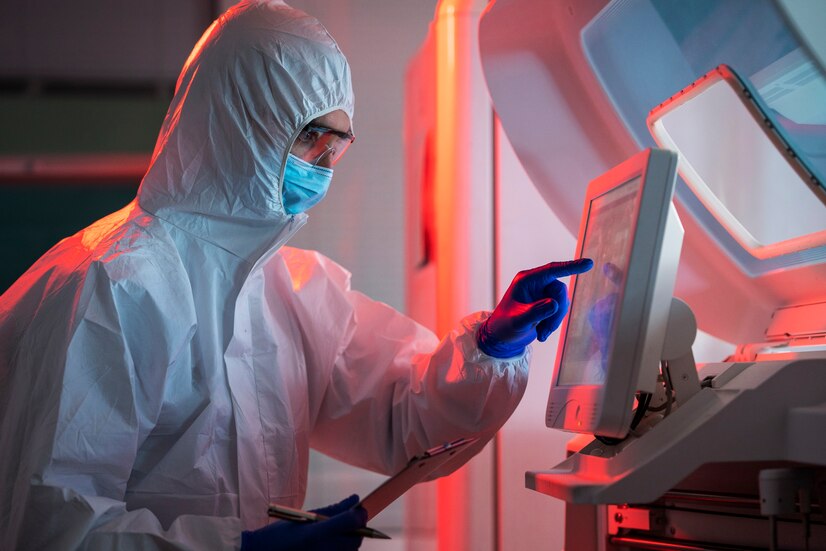Magnetic hyperthermia is the process of raising the temperature of a cell or organism to the point where it dies. This often occurs in response to stress from the environment or from the genes that the cell is expressing. Stress can be physical, such as sunlight, or chemical, such as a toxin. The vast majority of cells are able to adapt to the stress and return to their normal, non-stressful state. However, in rare circumstances, this adaptation process goes awry, resulting in the organism dying.
Hyperthermia is a problem in stem cells and embryonic tissue. When cells are exposed to extreme levels of heat, they begin to die in order to return to normal. This can cause an entire lineage of cells to fail, leading to tissue death and organ failure.
Hyperthermia is a problem in adult tissue as well. When organs are exposed to higher than normal temperatures, they can also begin to die in order to return to normal. This is known as thermal stress hyperthermia and is caused by increased blood flow to the tissues. Hyperthermia is a problem in vascularized organs, such as the brain, lungs, and heart.
Hyperthermia can also be caused by circulating toxins and oxygen deprivation. This is known as pharmacological hyperthermia and can be caused by pharmaceuticals, blood transfusion, or surgery. Finally, hyperthermia can also be caused by an increase in the activity of certain enzymes, especially when it is combined with stress.
What is Hyperthermia?
Hyperthermia can be caused by an increase in the activity of certain enzymes, especially when it is combined with stress. Hyperthermia is a problem in vascularized organs, such as the brain, lungs, and heart.
Hyperthermia can also be caused by an increase in the activity of certain enzymes, especially when it is combined with stress.
The Danger of Hyperthermia
Hyperthermia is a problem in tissue and cells. When it becomes too hot, cells begin to die in order to return to an original state of non-stress, as they do not want to be killed. Hyperthermia can cause direct cell death or failure of the entire lineage of cells.
When hyperthermia occurs in the brain, it can lead to irreversible brain damage and organ damage. This causes cell death and failure in the brain, lungs, heart, liver, spleen, kidney, stomach, and intestines. If hyperthermia occurs in the heart or vascularized organs like the brain or lungs without treatment for long periods of time, it can cause permanent organ damage–even death–in those tissues.
Treatment of Hyperthermia
A common treatment for hyperthermia is cooling the tissue. This can be done by using ice, cold water, or more sophisticated methods such as cryostasis. Hyperthermia is also treated with vasoactive agents, which are chemicals that increase blood flow to the affected area and decrease the amount of oxygen reaching it.
If you have any questions about anything in this blog post or would like to request a topic for a future blog post, please email me at vpmba@rit.edu
Vincent Piazza MBA
Magnetic Nanoparticles and Hyperthermia
Researchers have developed a way to use nanoparticles to target and kill cancer cells. These particles are coated with antibodies that bind specifically to the surface of tumor cells. Once bound, the cells are killed by heating them to 98 degrees Celsius for 10 minutes. Scientists believe that this can be used in other contexts as well, such as hyperthermia during surgery or the treatment of heart failure.
Scientists believe that these nanoparticles can help treat hyperthermia in a variety of ways. For example, they could be used in conjunction with chemotherapy drugs to target tumors more precisely or they could be used as a tool to reduce blood flow and oxygen deprivation in organs with vascularization.
By targeting hyperthermia with magnetic nanoparticles, cancer cells will not have time to adapt before they die from the heat. This takes away their ability to survive and proliferate while also reducing side effects on normal cells. Additionally, there is less chance of toxicity because it is harder for the particles to get inside healthy tissues and harm them instead of killing the tumor cell directly.
Conclusion
The amount of research on the subject of Hyperthermia has been growing over the years.
In this paper they have found that magnetic nanoparticles are a good solution to the problem of hyperthermia. These particles can be applied in a variety of ways, like on the surface of a sleeping bag, the interior of an automobile, and the skin itself. These nanoparticles are safe and can be used in a variety of different situations. The paper also discusses how these nanoparticles could be used in a variety of industries to help with further problems related to Hyperthermia.
